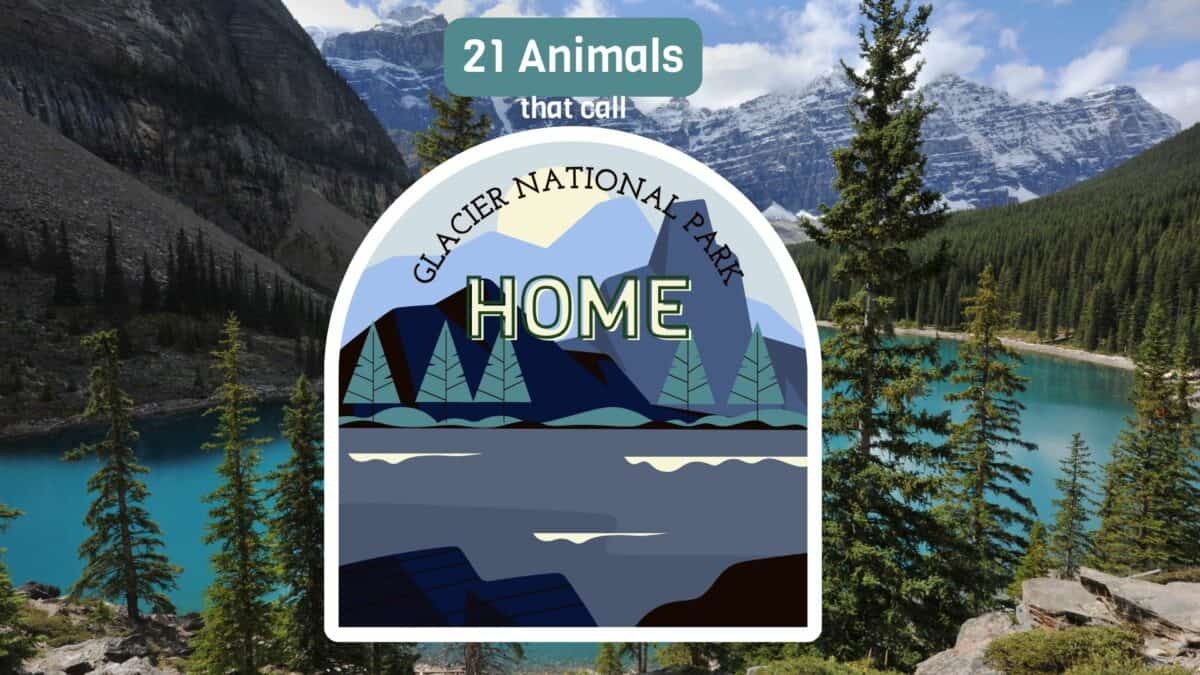Glacier National Park is a wildlife haven due to its location on the border of the Canadian Rockies and Montana. Various animals call Glacier Park home. Let’s dive in!
Grizzly Bear
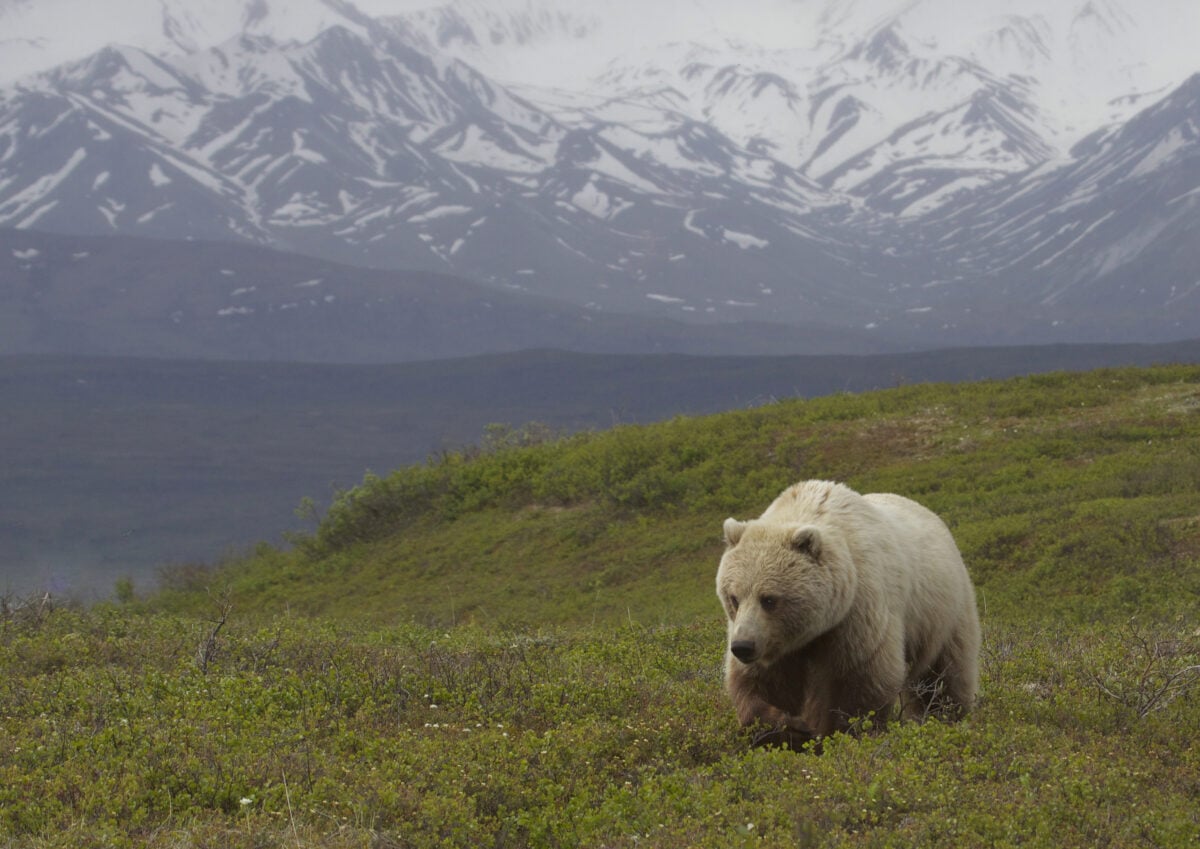
An iconic symbol of the wild, these large predators are respected and admired by visitors.
Mountain Goat
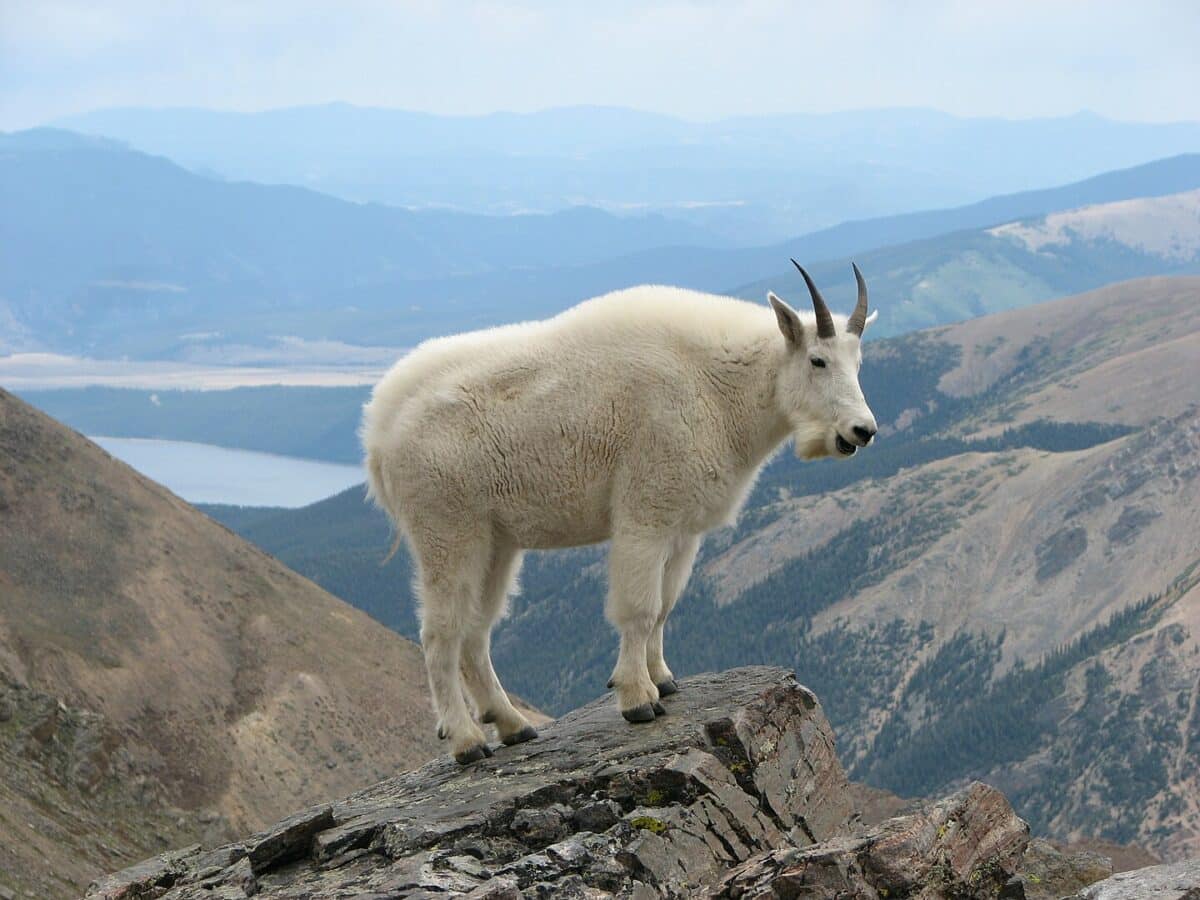
The official symbol of Glacier National Park, mountain goats are often seen on rocky cliffs and alpine meadows.
Canadian Lynx
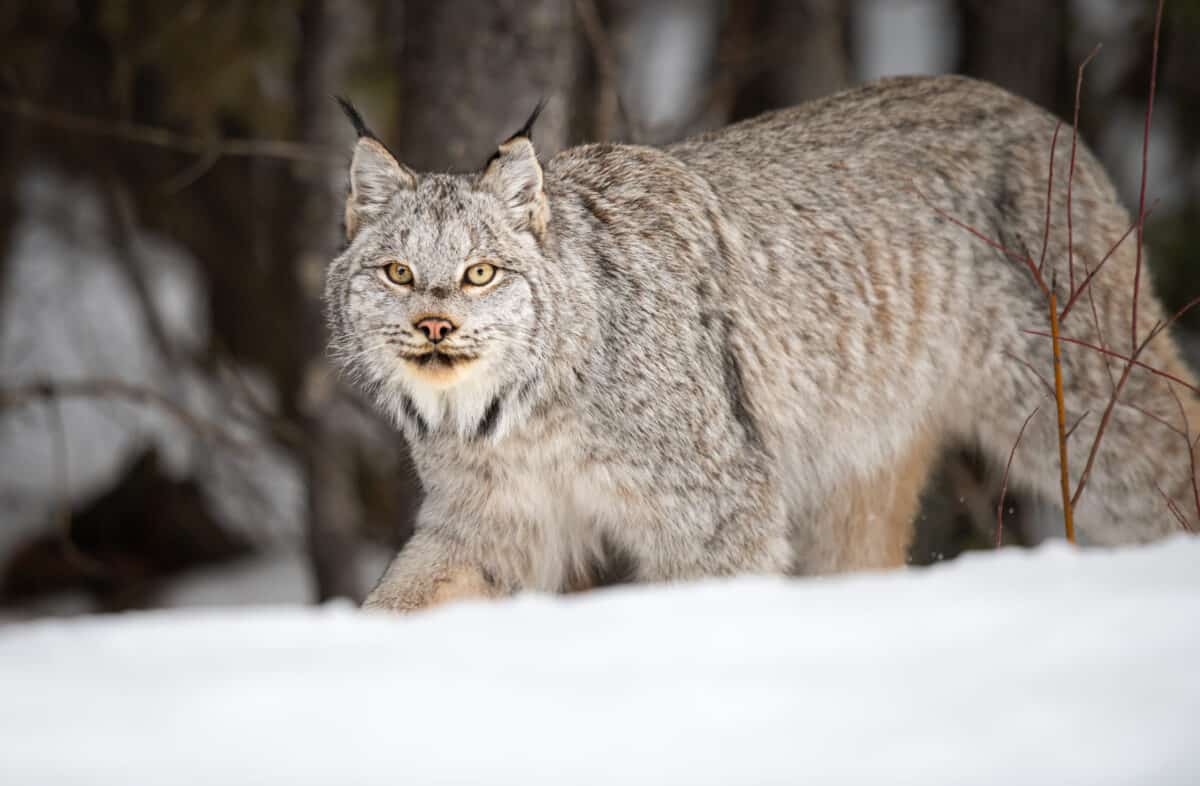
A rare sight, the Canadian Lynx is adapted to the park’s snowy environment with its large paws and keen hunting skills.
Moose
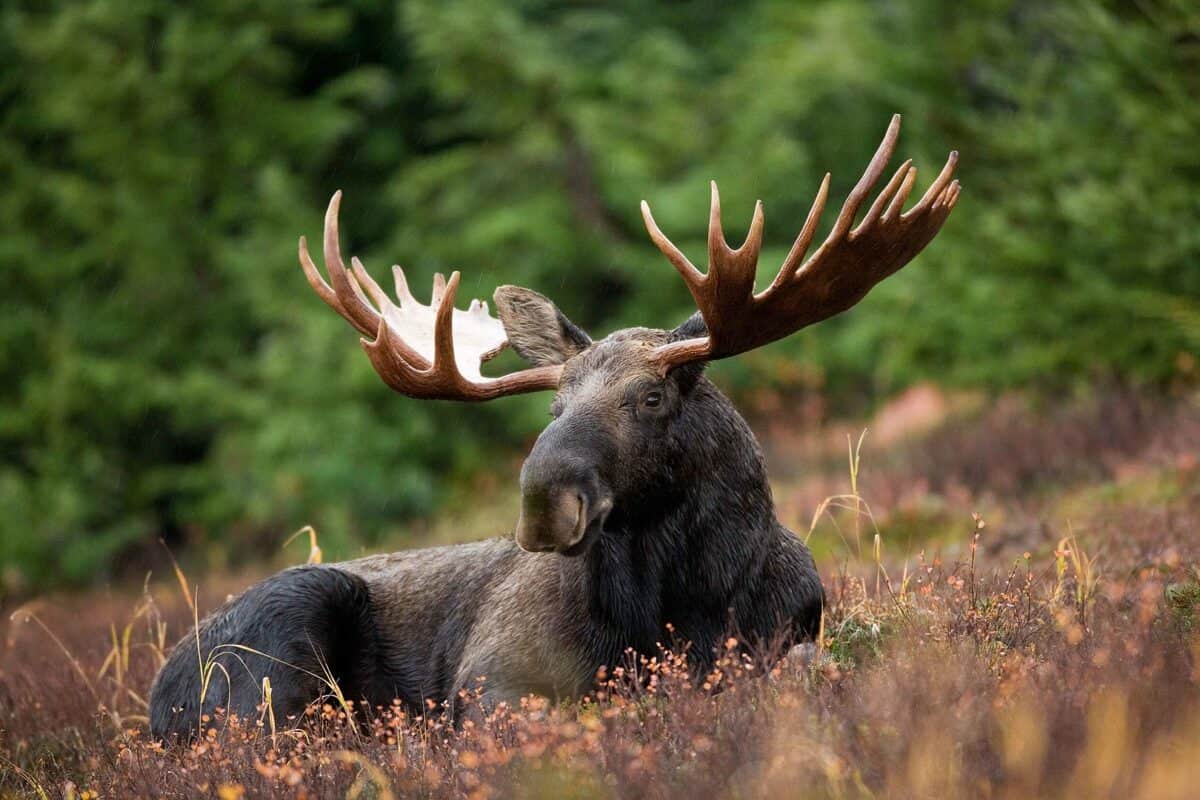
The largest member of the deer family, moose are often found near lakes and wetlands, feeding on aquatic plants.
Elk
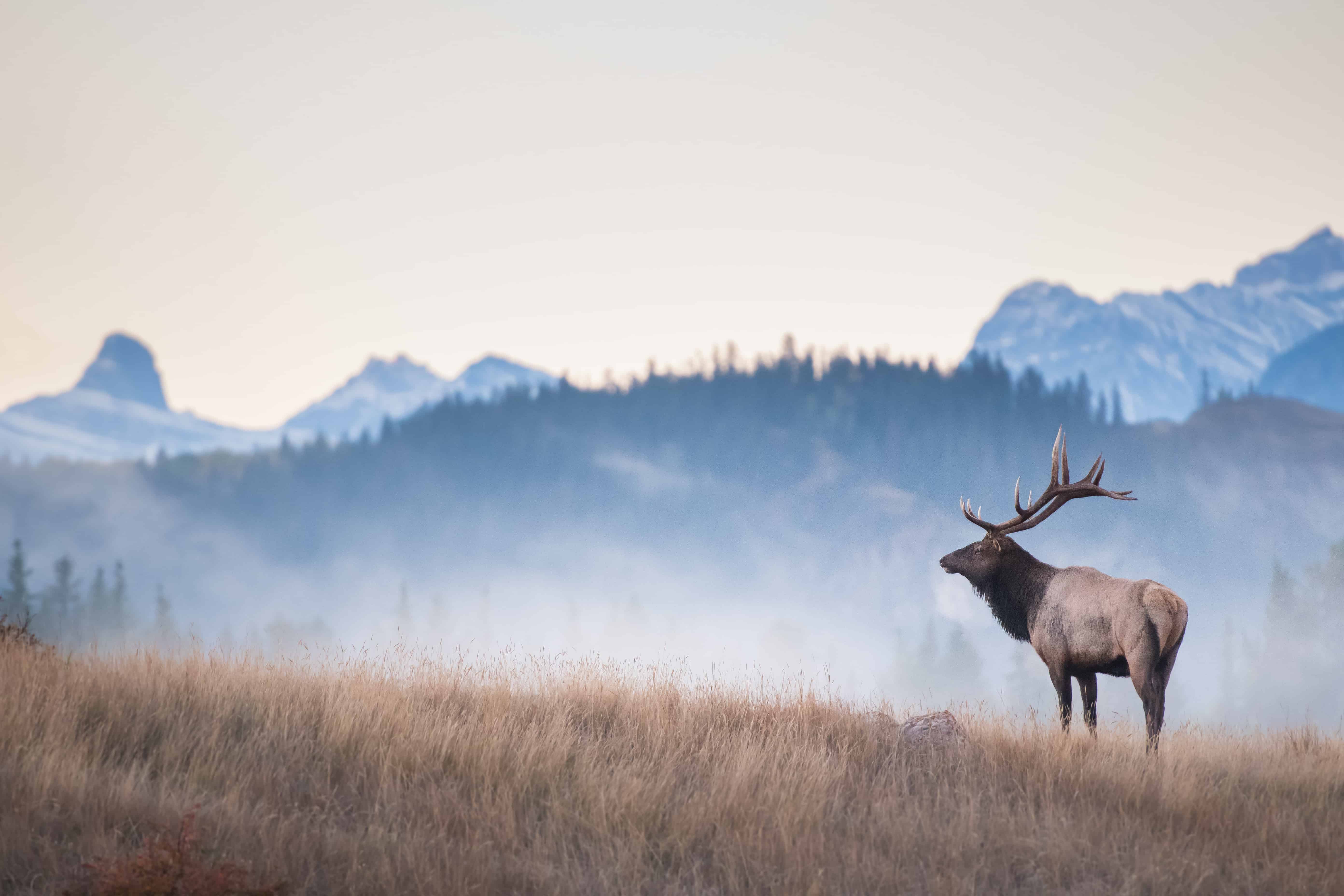
Majestic and large, elk are commonly seen in open meadows and near riverbanks, especially during the rut in autumn.
Wolverine
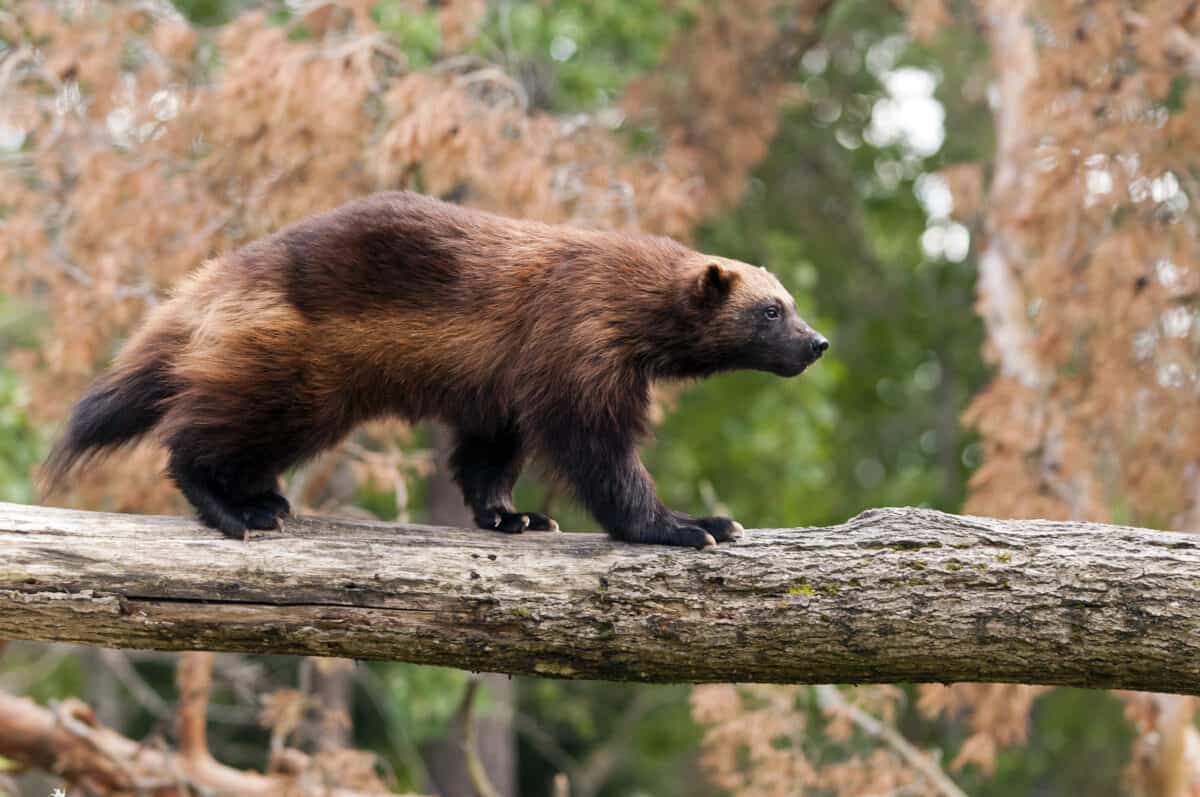
These elusive creatures are tough and adapted to high-altitude life, often roaming vast distances in search of food.
Bighorn Sheep
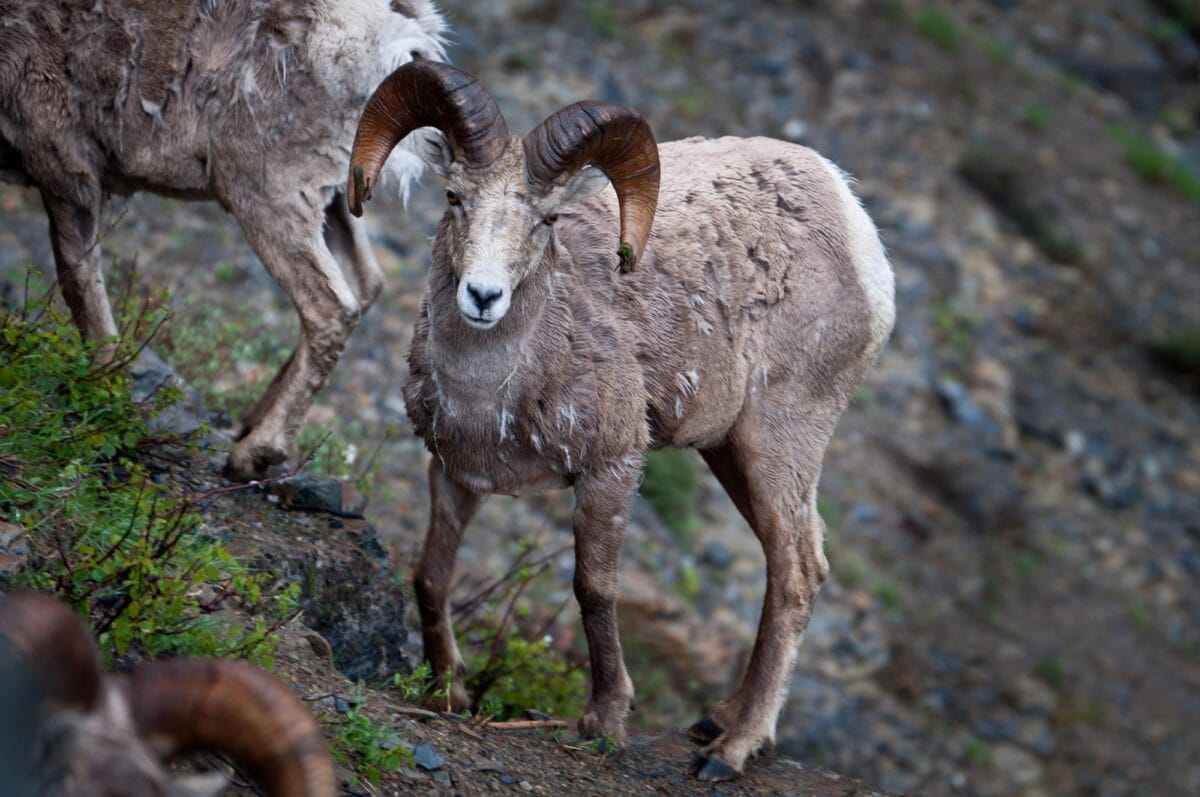
Known for their large, curved horns, bighorn sheep navigate steep cliffs with remarkable agility.
Black Bear
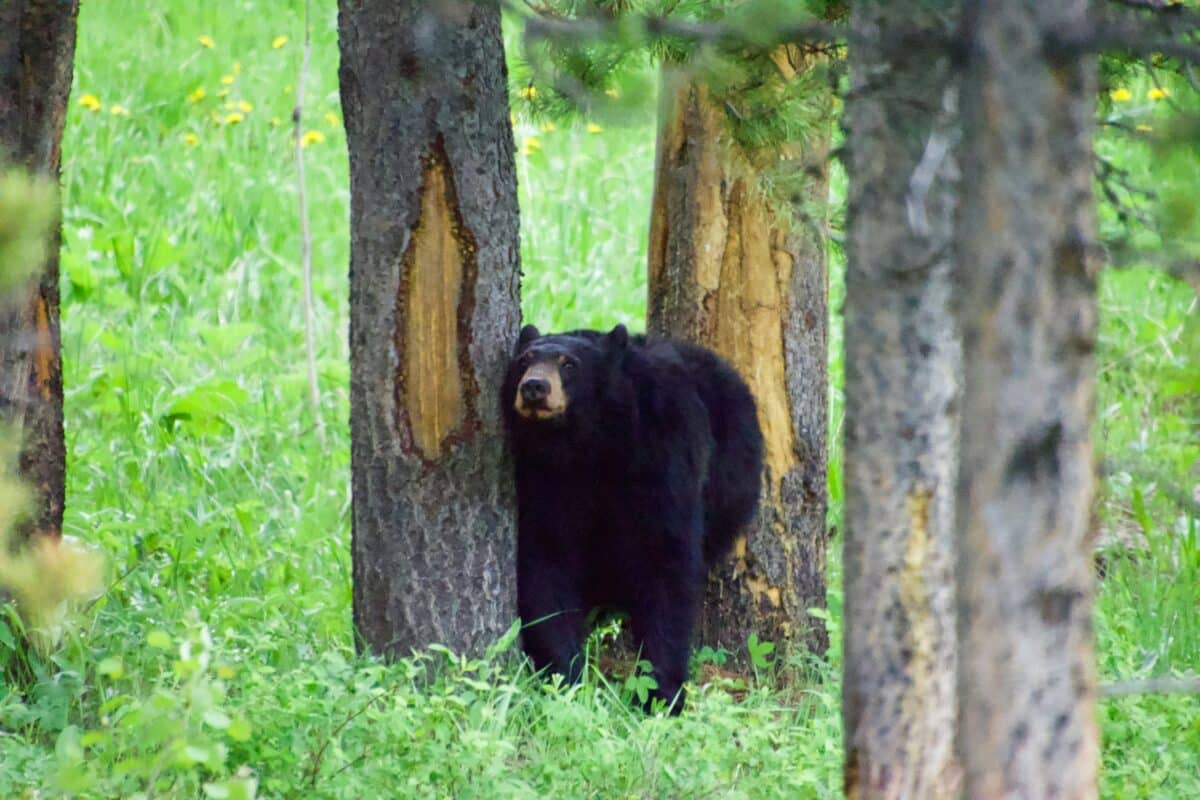
More common than their grizzly counterparts, black bears are versatile omnivores that inhabit the park’s forests.
Bald Eagle
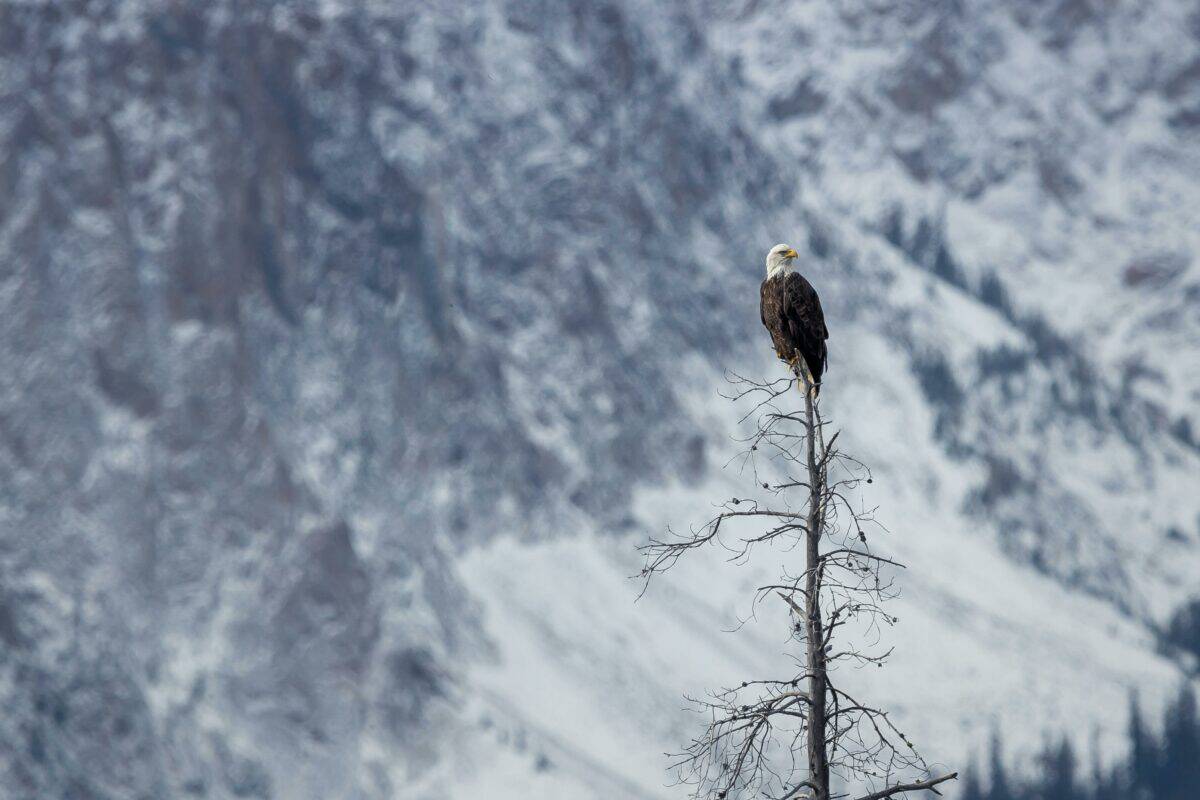
With a massive wingspan, these powerful raptors are often spotted near water, hunting for fish.
Pika
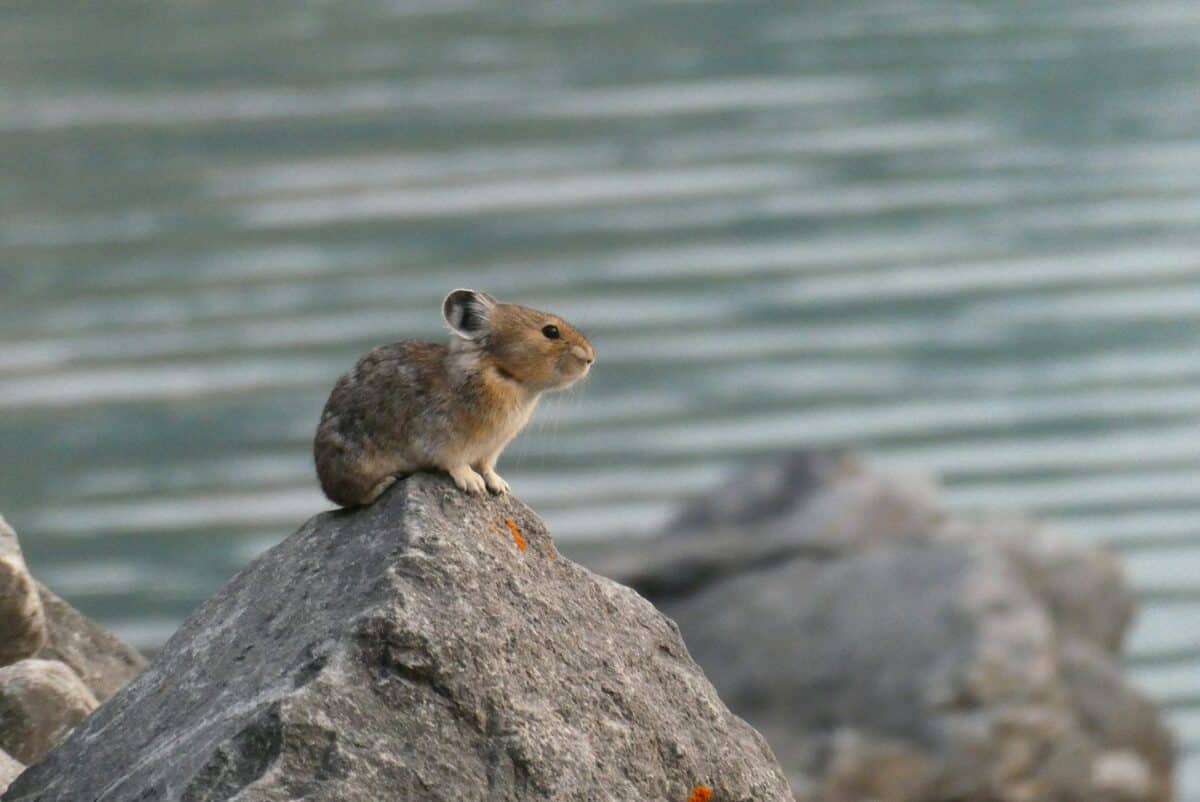
Small, mountain-dwelling relatives of rabbits, pikas are often heard before they’re seen, calling out in rocky alpine areas.
Mountain Lion
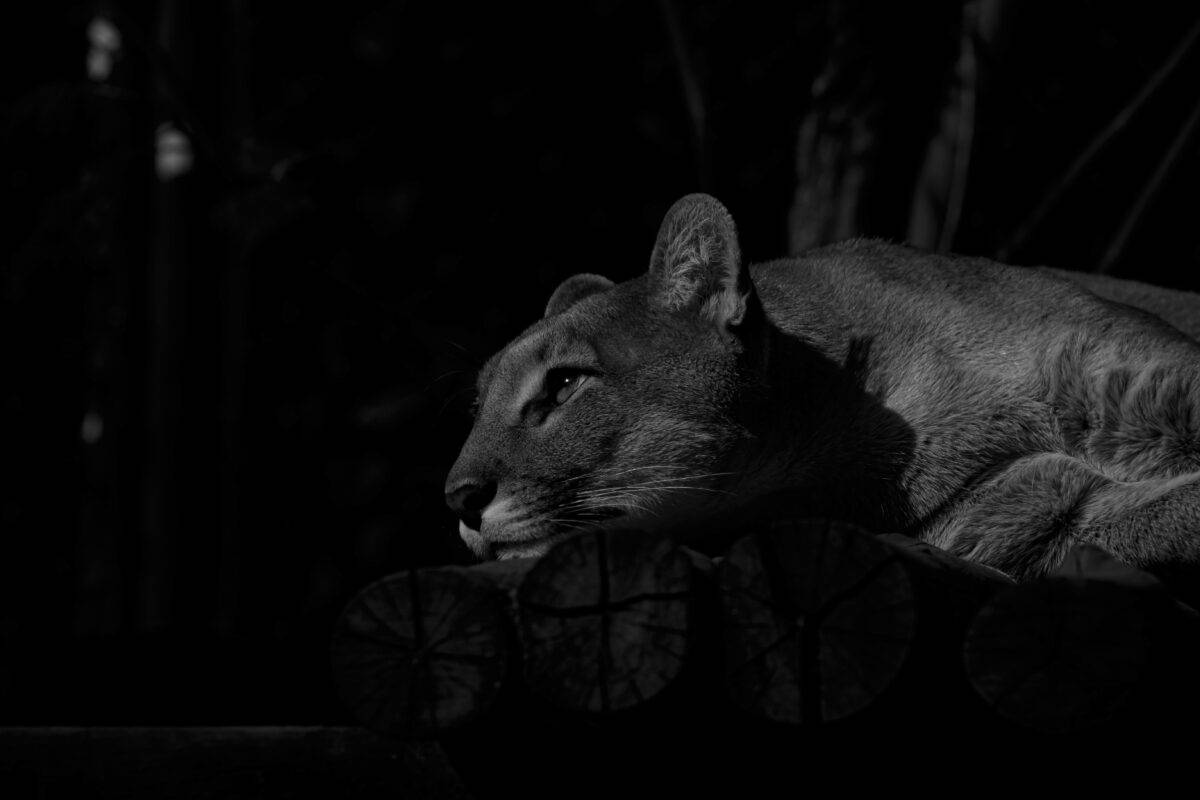
(Cougar)These solitary predators roam the park’s vast wilderness, primarily hunting at dawn and dusk.
Gray Wolf
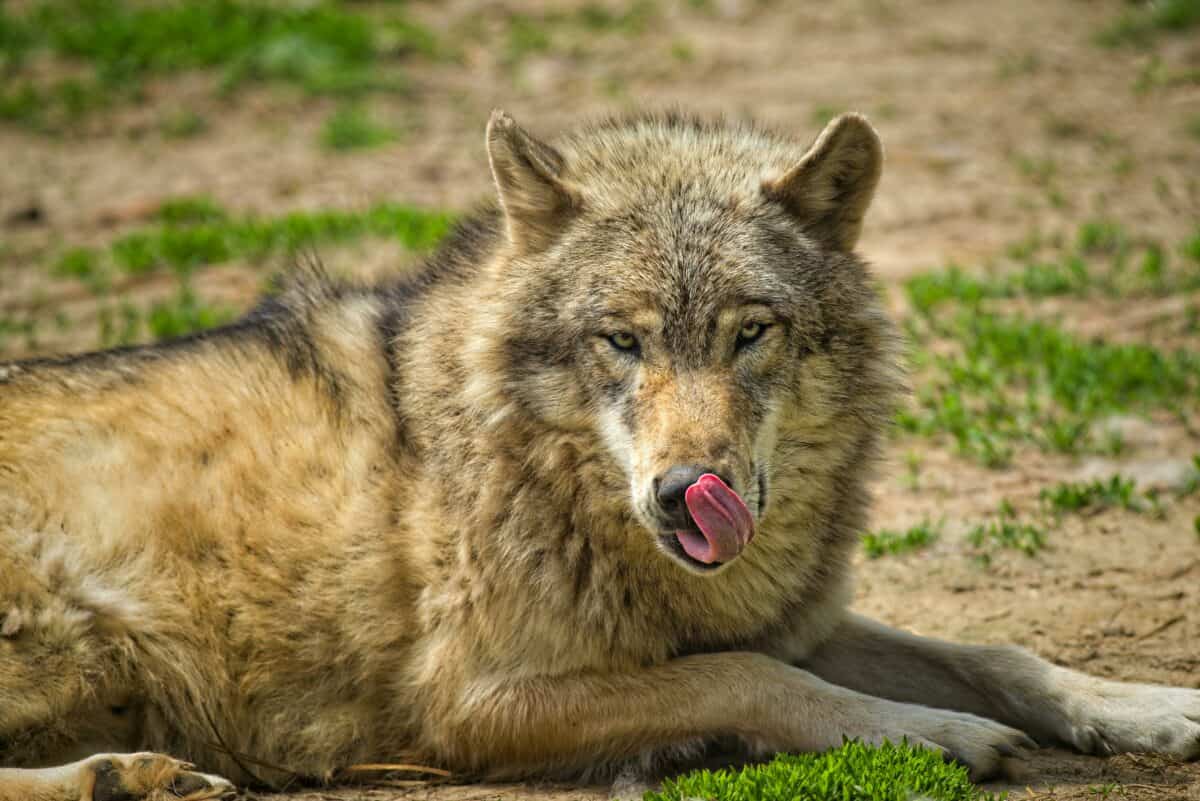
Though sightings are rare, wolves roam the park’s remote areas, playing a key role in the ecosystem as apex predators.
Beaver
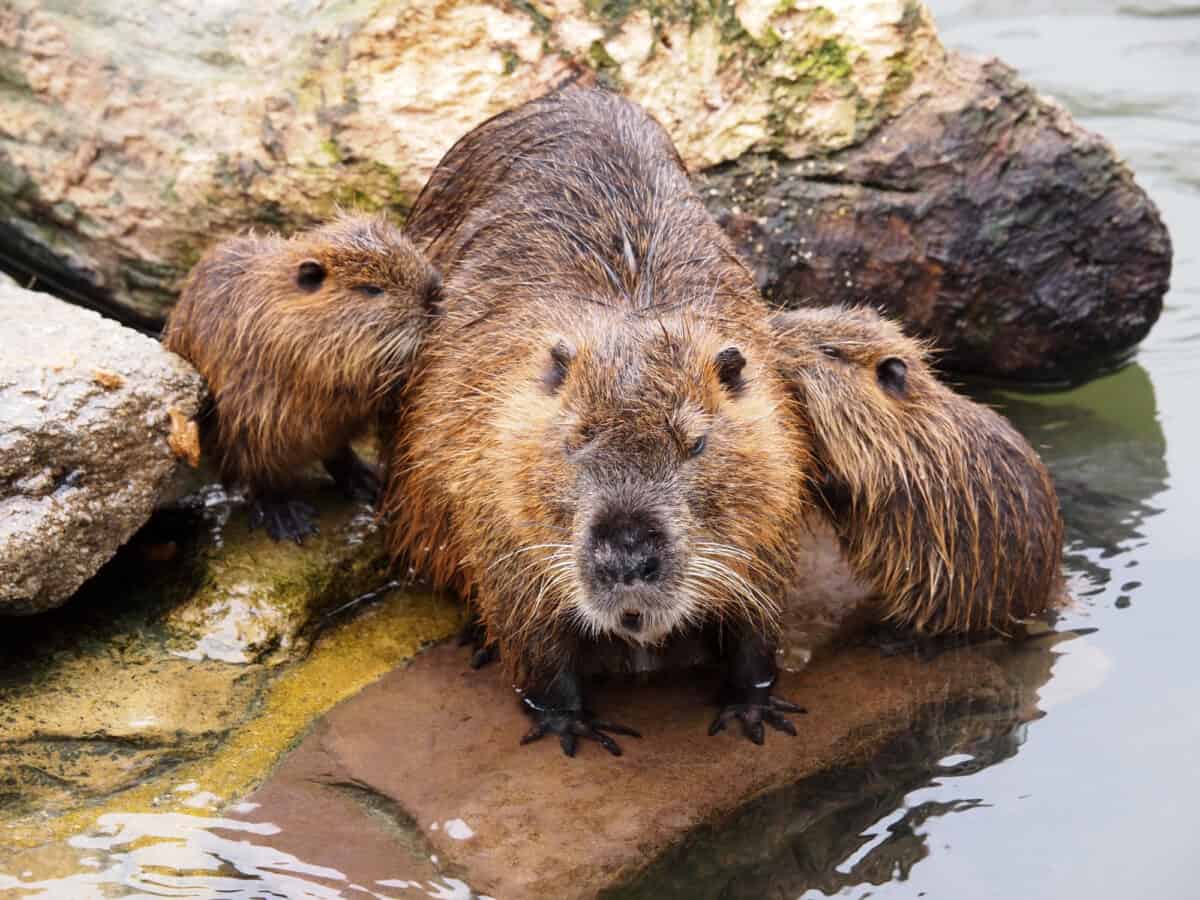
As nature’s engineers, beavers create ponds and wetlands, providing habitats for a variety of other species.
Hoary Marmot
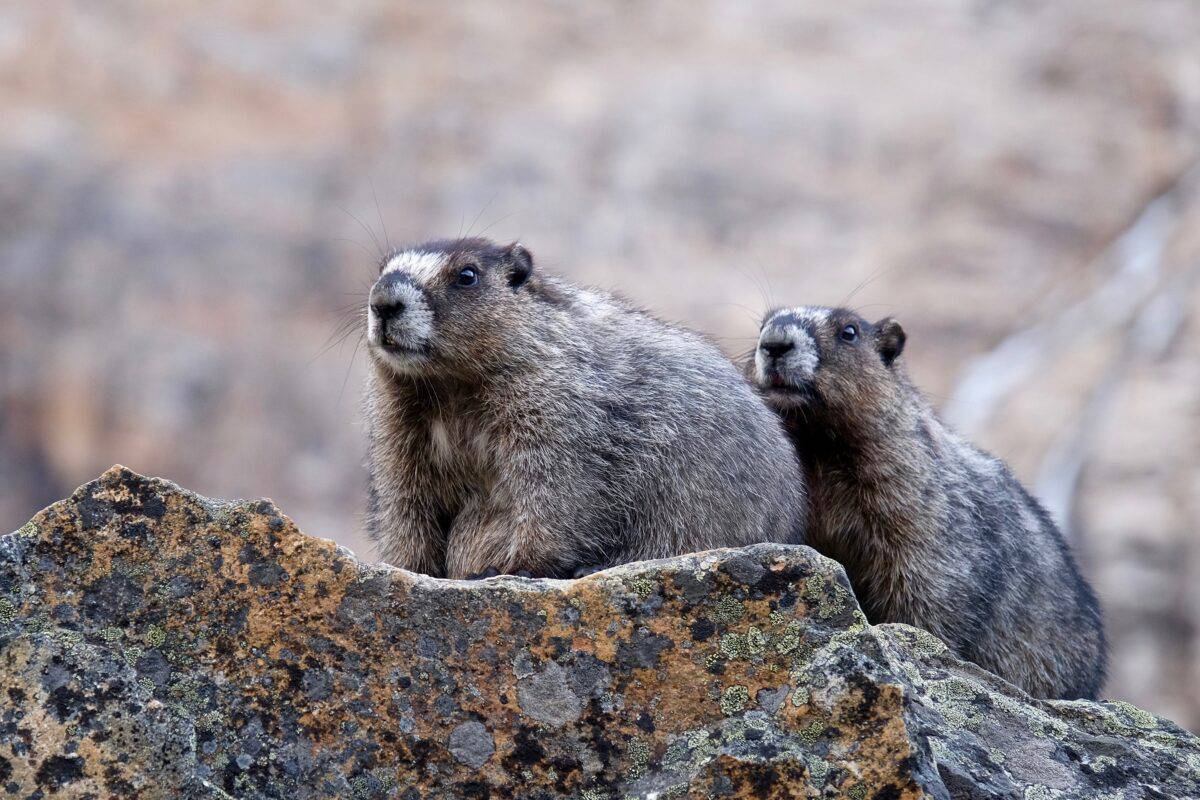
Known as the “whistle pig,” these large ground squirrels are a common sight in alpine areas, alerting each other of threats with loud whistles.
Osprey
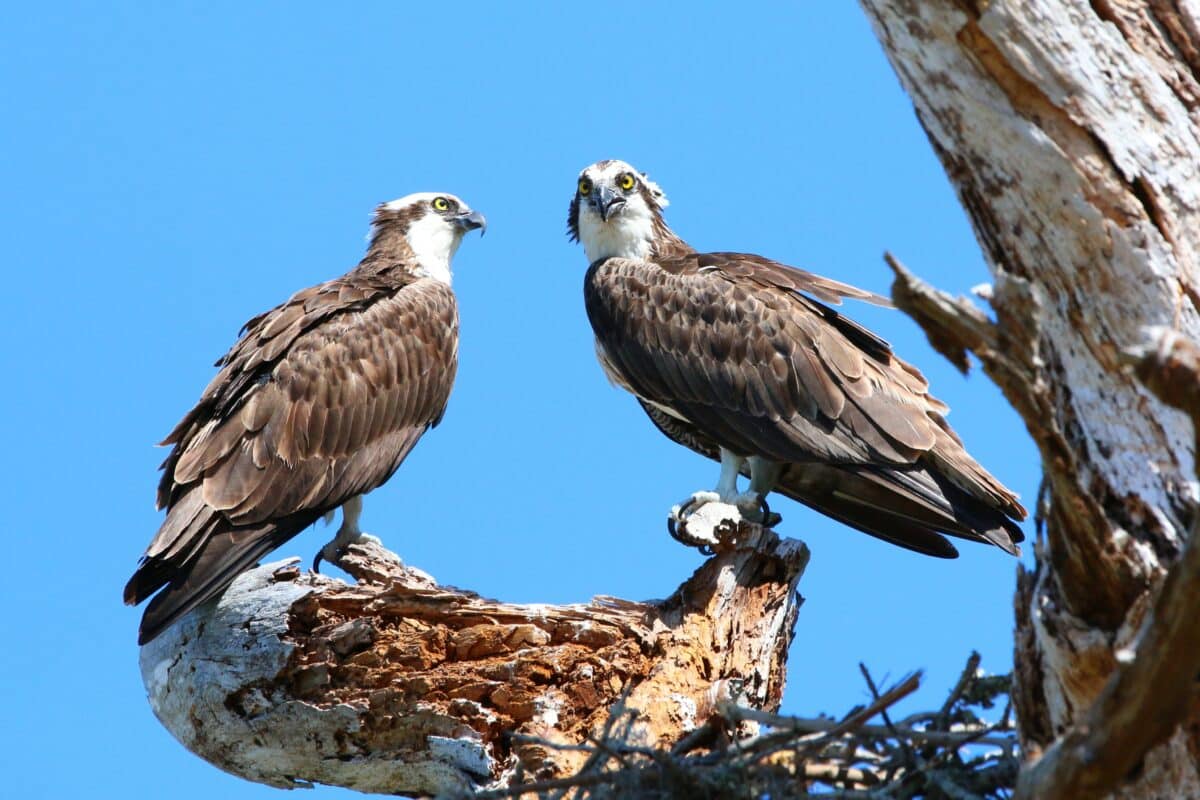
These fish-eating birds of prey nest near lakes and rivers, diving spectacularly to catch their meals.
American Dipper
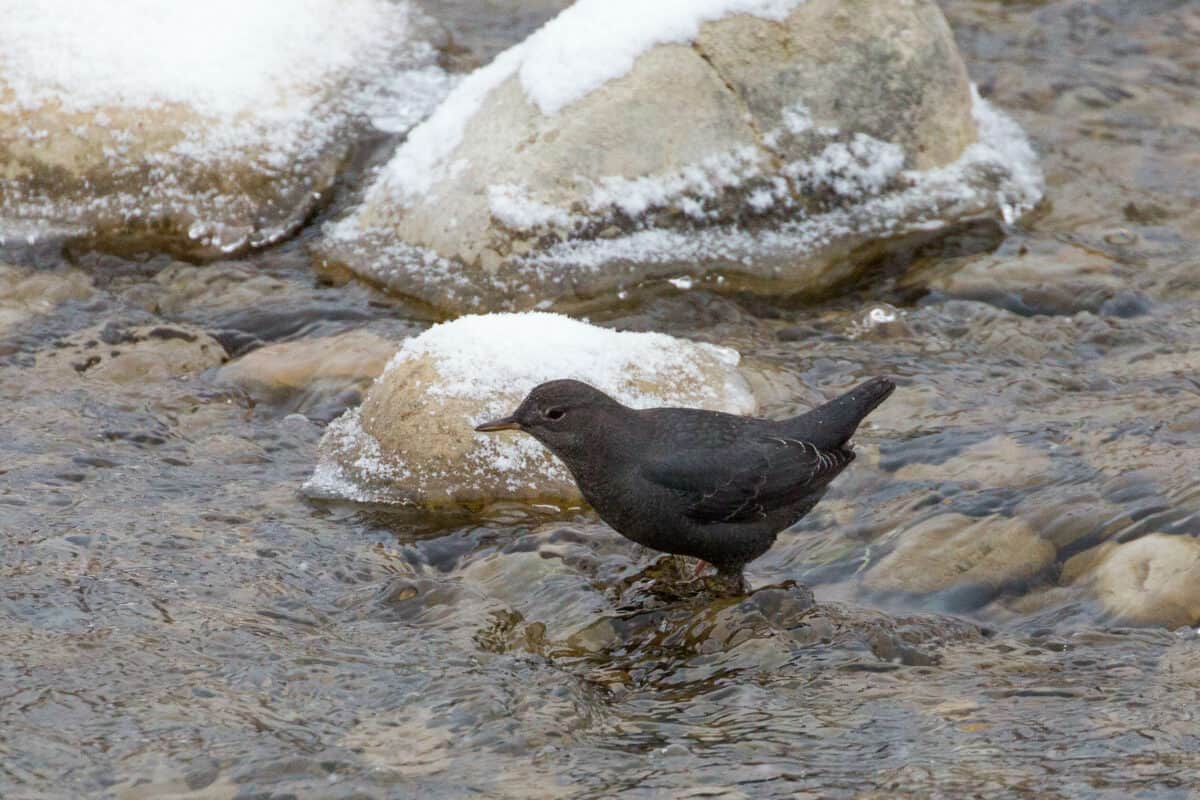
Unique among North American birds for its underwater foraging habits, the dipper is often seen in the park’s clear, fast-moving streams.
Snowshoe Hare
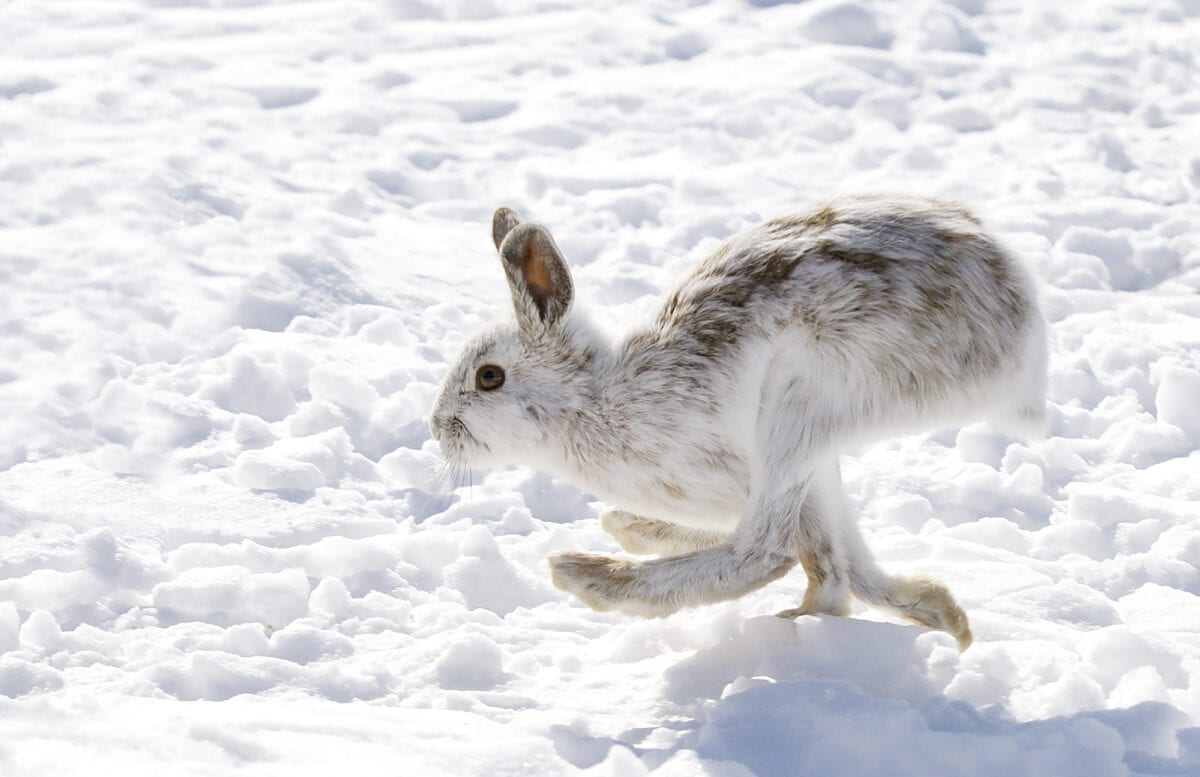
Adapted to snowy environments with large, furry feet, these hares change color with the seasons for camouflage.
Clark’s Nutcracker
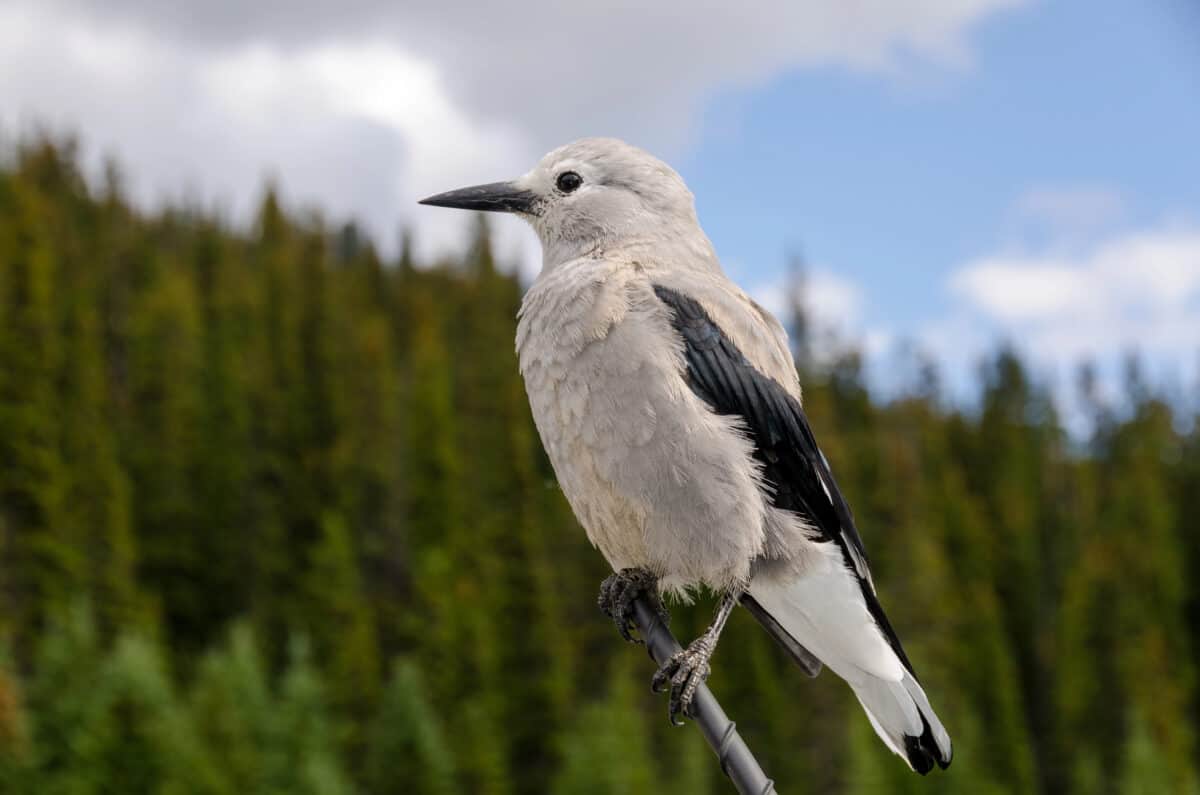
A bird closely associated with whitebark pines, it plays a crucial role in seed dispersal for these trees.
Red Fox
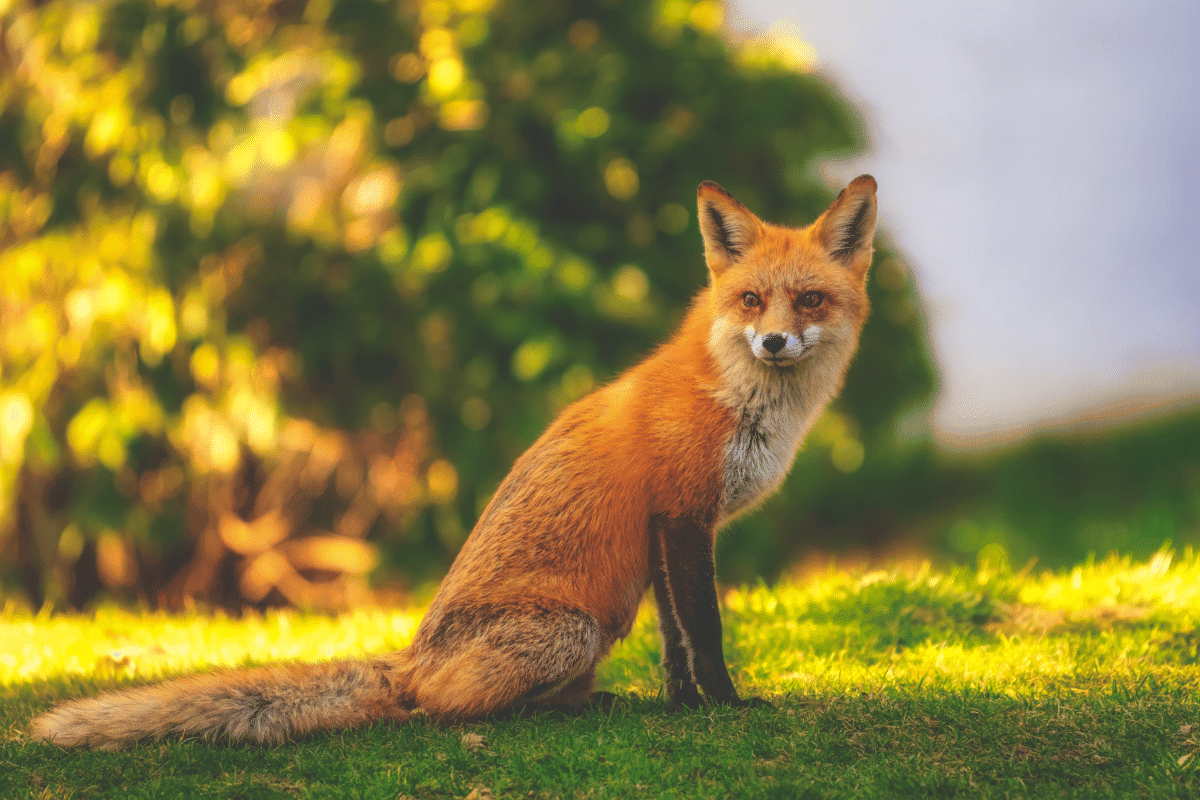
With their distinctive bushy tails and cunning behavior, red foxes are adaptable hunters found throughout the park.
Spruce Grouse
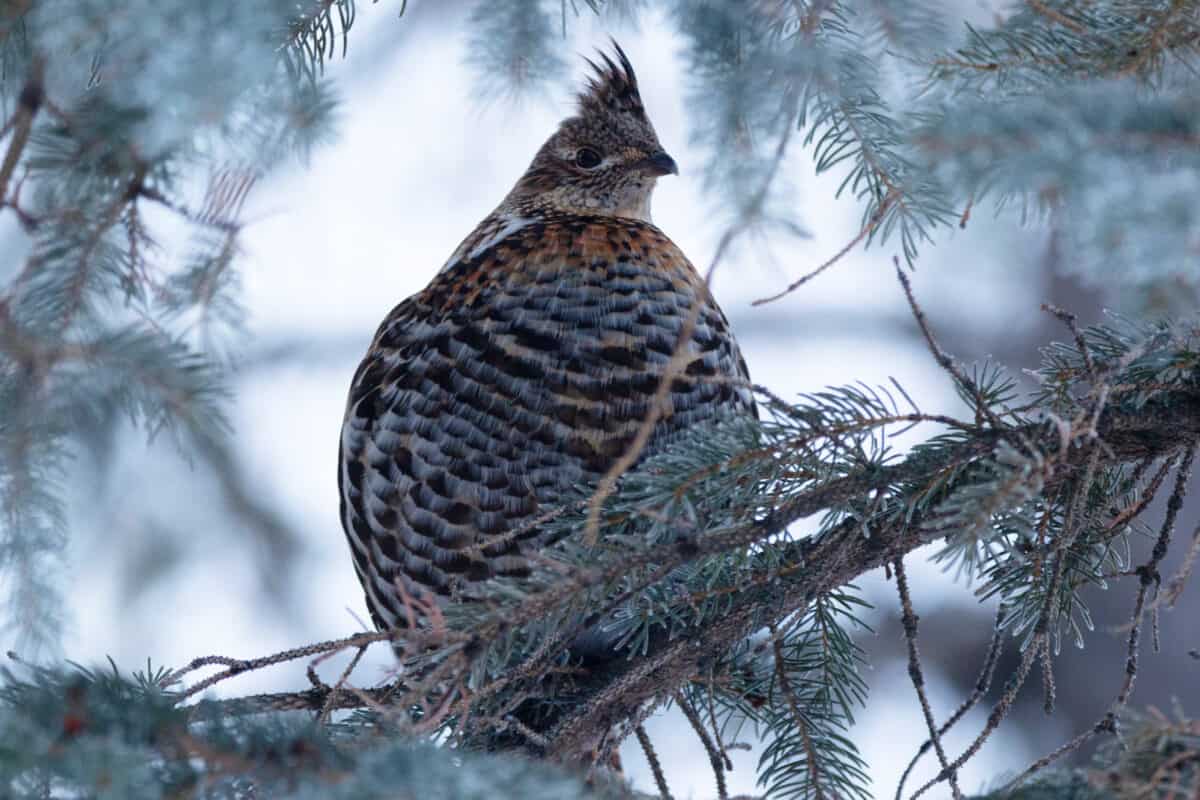
Often called the “fool hen” for its unflinching behavior, this bird is found in coniferous forests within the park.
Trumpeter Swan
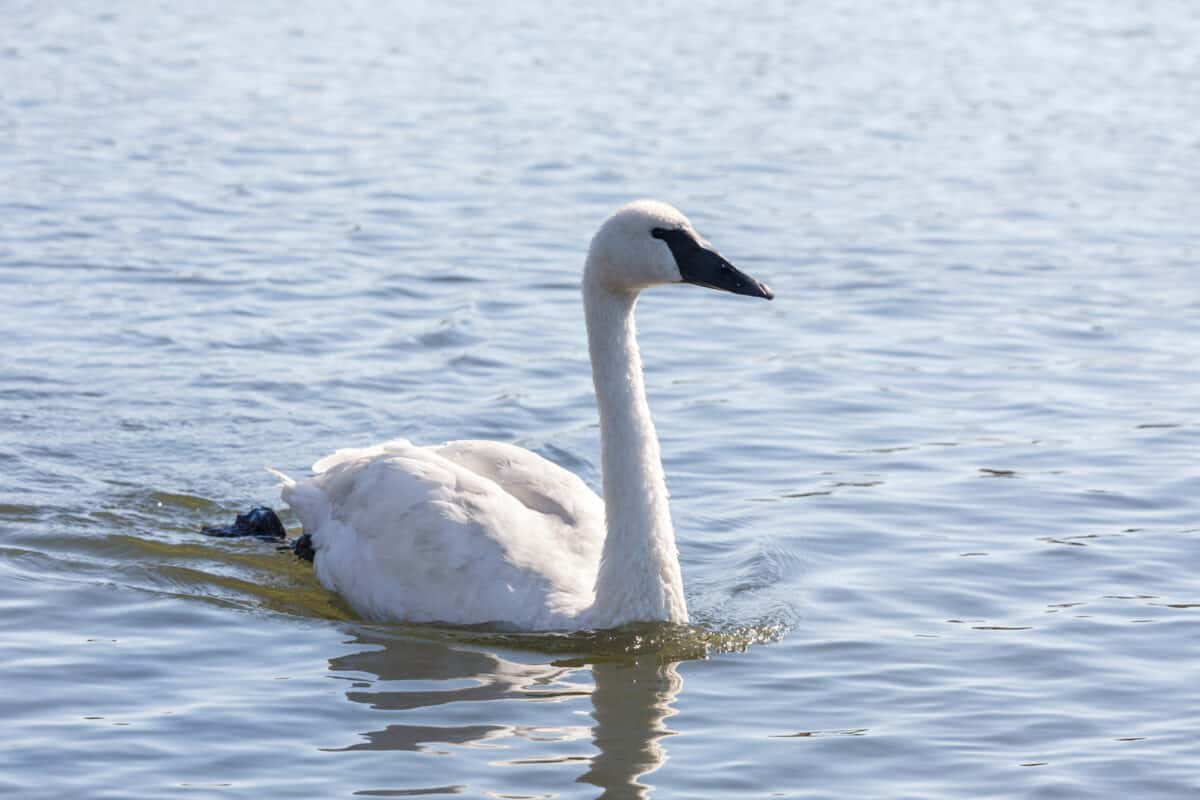
The largest native North American bird, these elegant waterfowl can sometimes be seen on the park’s quieter ponds and lakes.
Conclusion
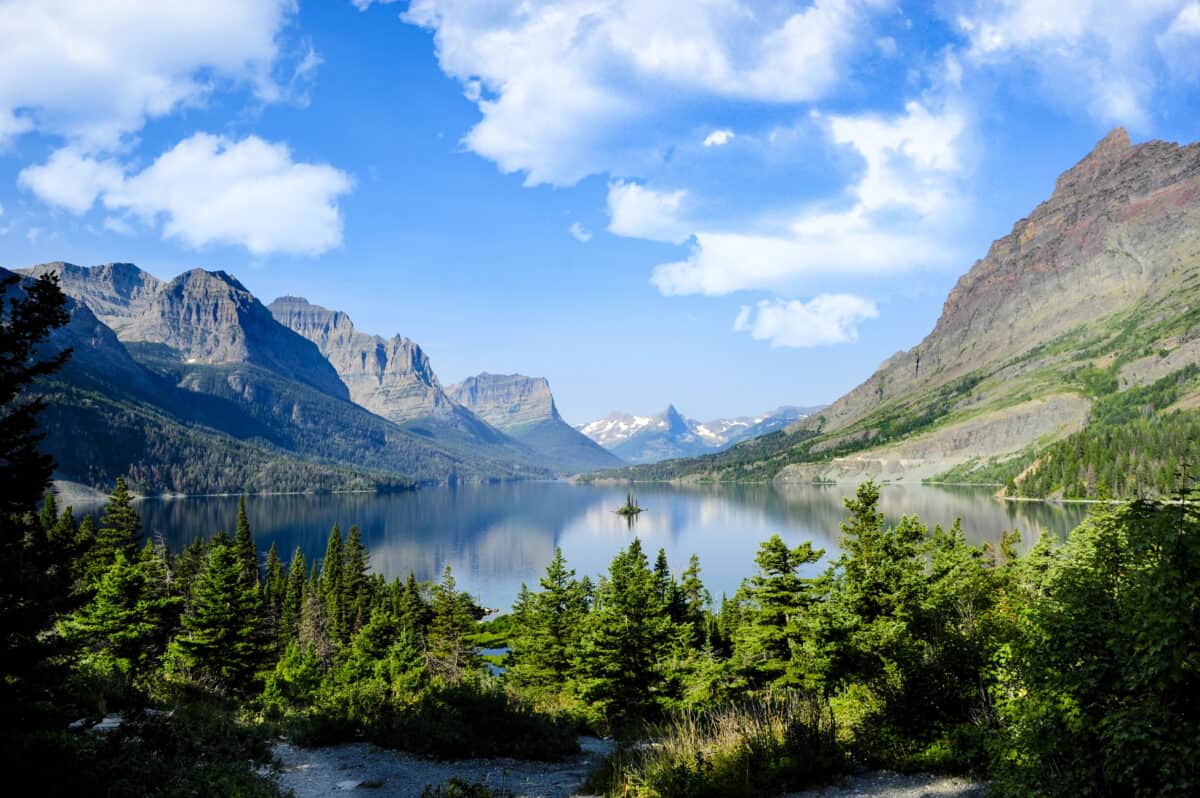
Each of these animals plays a unique and important role in their respective habitat and they all contribute to the ecosystems within Glacier National Park. I hope you enjoyed reading about the animals that call Glacier Park home. To read more like this, check out the articles below:
- 21 Animals That Call Grand Teton National Park Home
- 21 Animals That Call Arches National Park Home
- The Top 21 Animals That Call Yellowstone National Park Home
- Bees Cannot Fly in The Dark - April 24, 2024
- Golden Retriever Meets Its Favorite Disney Character - April 24, 2024
- Maine Coon Cat Meets A Coyote Puppy - April 24, 2024

